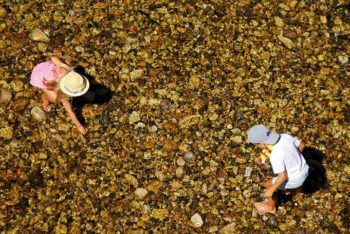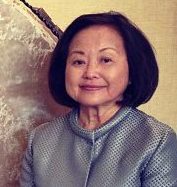 Family Best Practices for Distance Learning
Family Best Practices for Distance Learning
Kenji, my grandson, has limited opportunities to socialize with his classmates and friends since the shelter-in-place orders in March. When school started this fall, students were not able to talk together in class because the online platform would garble students’ talking if more than one child spoke at a time. In recent weeks, my second-grade grandson is now able to socialize with students online during breaks and small group discussions. Although he does not visit with his classmates outside of class time, he is very happy that he now can enjoy his friends. When I supervise his remote classroom participation, I have observed the following best practices that support students’ academic success:
- Students in the same family can have different schedules and breaks. Ideally, children can learn how to use an alarm to monitor when they need to log back into the classroom.
- Students need an adult to supervise their participation and to help them with any computer glitches. Many working parents alternate their work schedules to supervise while other families gather students together and rotate parents, grandparents, or a nanny to supervise small groups for added tutorial support.
- When students are fully engaged in learning, they are excited and motivated to apply newly developed skills to other daily activities. Children are engaged when they participate in scavenger hunts in their neighborhood that may include collecting nature products for math, reading, and writing activities. For example, students can gather different sizes of rocks, count them, and organize the rocks according to shapes and sizes. They can construct a math problem of how they added specific groups of rocks. Students can create a chart on how they grouped the rocks. They can take a picture of their collection and insert the image onto a Goggle slide. A reflective story can describe how a student found the rocks, grouped them, and solved a math problem. This reflective activity can reinforce what a student learned when participating in this activity.
- The physical fitness teacher has students collect specific objects in the home. Then the student uses these objects when participating in physical fitness exercises. The teacher also has students learn exercise moves when dancing to music.
- In addition to phonics review, Kenji has learned how to write a book. He creates books on various subjects. Kenji also learns how to research new concepts and facts in his reading materials.
- Students are learning how to recycle and collect trash. They repurpose these items when completing art projects. They study how to conserve community resources in their social studies and science lessons.
As my grandson expands his skills online, he is able to apply these skills in daily activities. He is also learning how he can have a positive impact on our community’s conditions. May your children thrive in their daily learning experiences. You and your family can also create new approaches to learning in your everyday activities.
Happy learning!
Joyce

Joyce Iwasaki has over thirty years of educational experience working with diverse students in grades from preschool through high school. Joyce’s extensive background includes teaching elementary school, serving on early childhood advisory boards, and advocating for educational initiatives as a legislative aide. During her tenure as a legislative aide, she helped create legislation that allowed incarcerated mothers to keep their newborn babies with them while in prison. Additional legislation was enacted to allow incarcerated pregnant mothers to remain unshackled during labor and delivery. Ms. Iwasaki established and served as the president of an educational scholarship foundation for fifteen years. Her foundation awarded college scholarships to emerging student leaders who provided service to their schools and communities. Joyce is active in performing arts and cultural organizations. She also provides ongoing support to her daughter and family by raising her grandson in her home.

